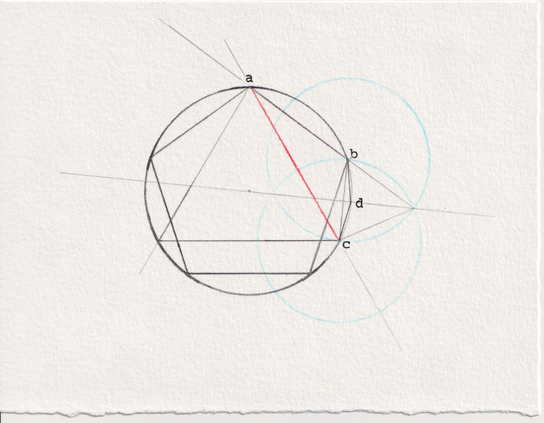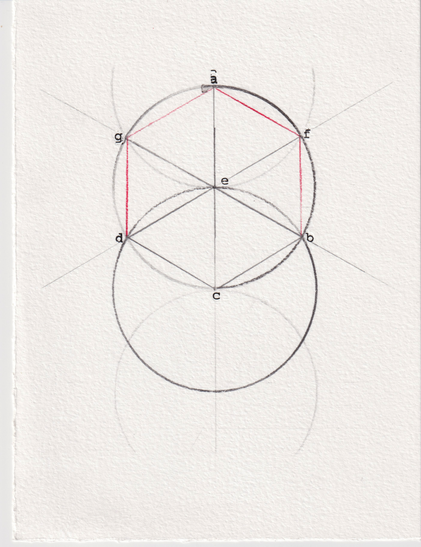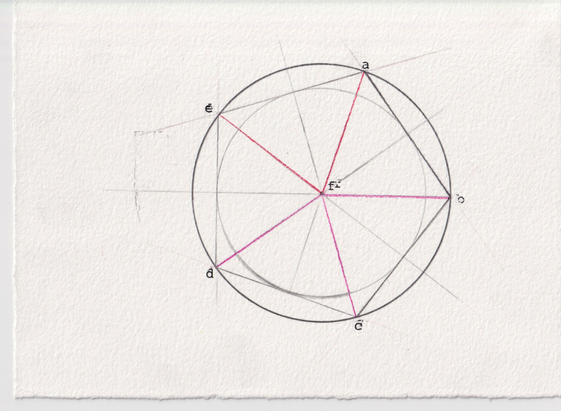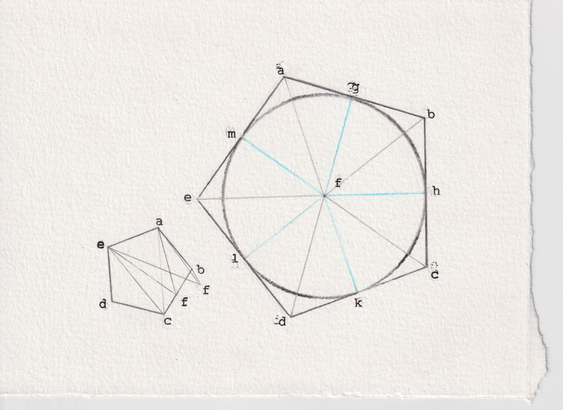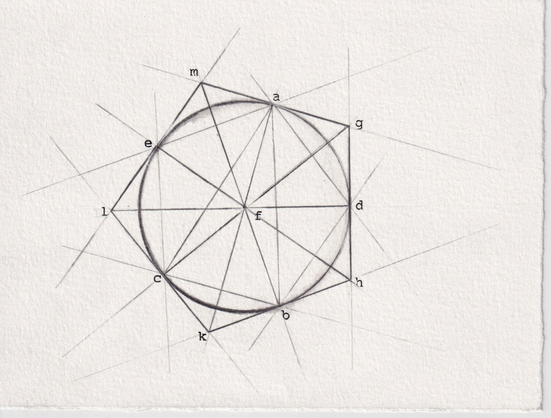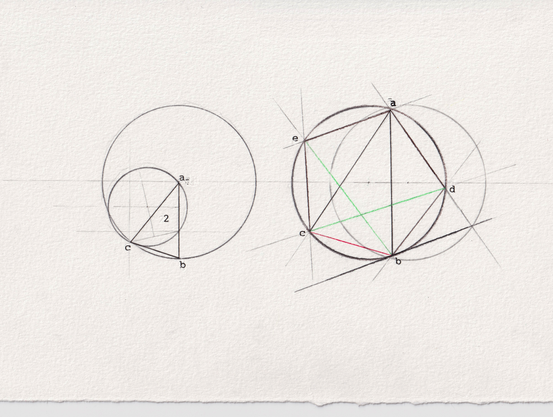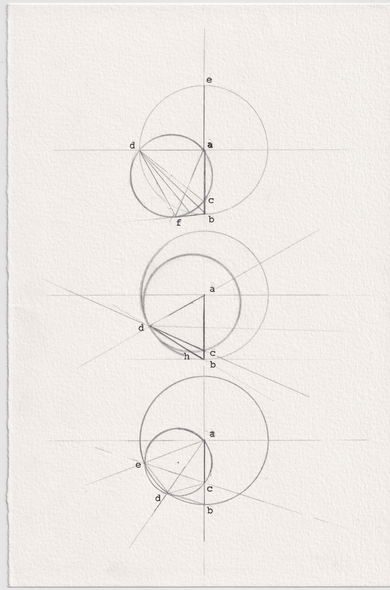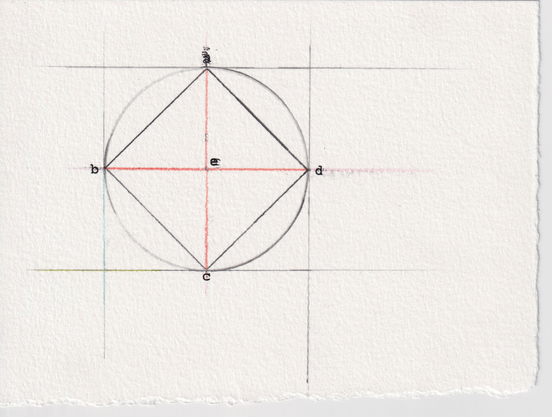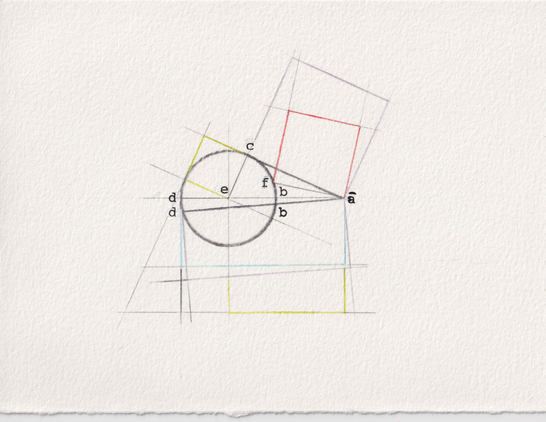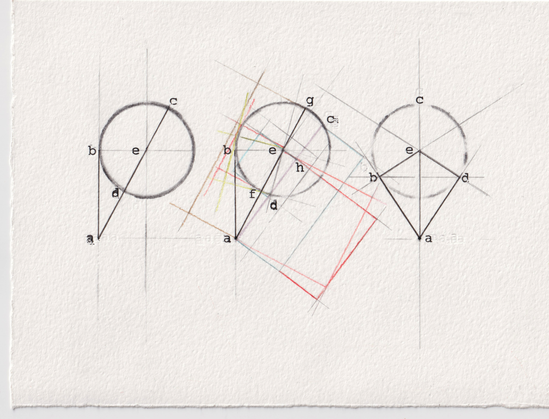If you've ever wondered how it is that we know the distance to our nearby neighbouring galaxies, this is the vid for you.
I found it amazing (though at times it left me behind and I had to go back some) and it answered a question I've long asked but was unable to understantd (not sure why though).
Enjoy: https://aeon.us5.list-manage.com/track/click?u=89c6e02ebaf75bbc918731474&id=ff4d909316&e=65adf755b3
#Cosmology #EuclideanGeometry #ColourFrequency #MainSequenceStars $LightSpeed #GravityWaves #RedShift
